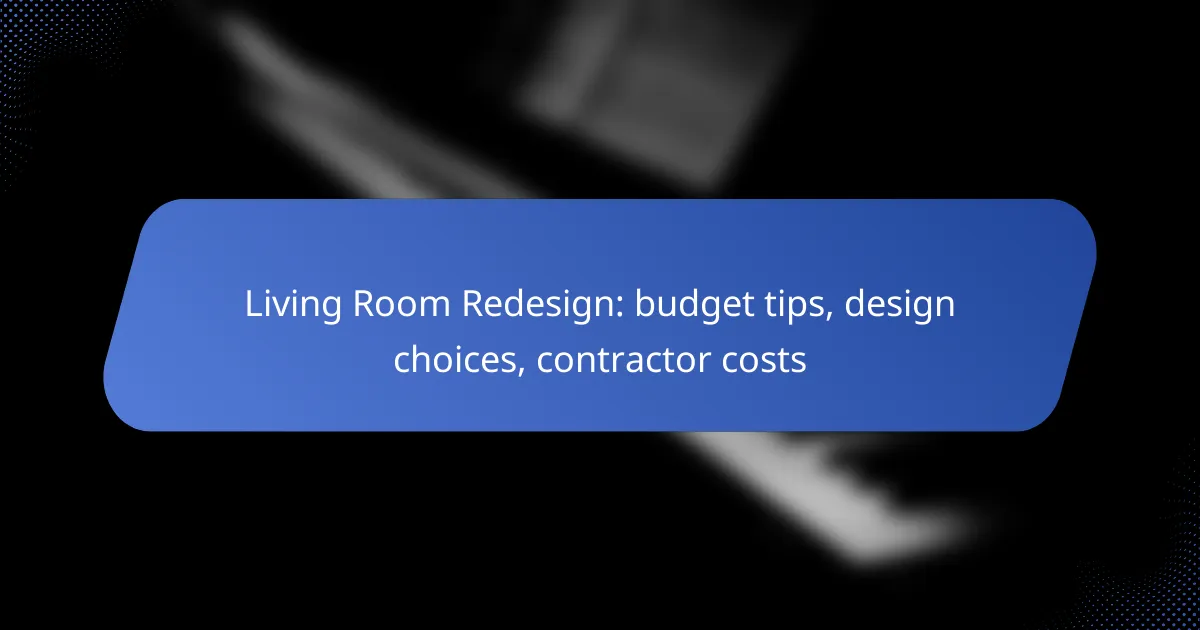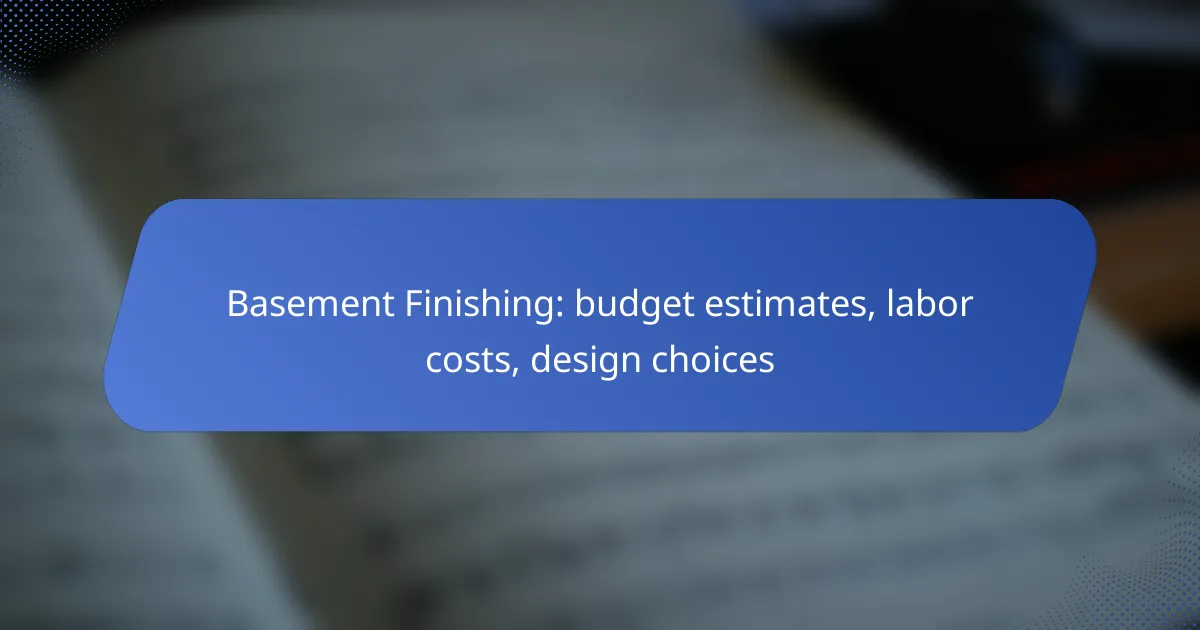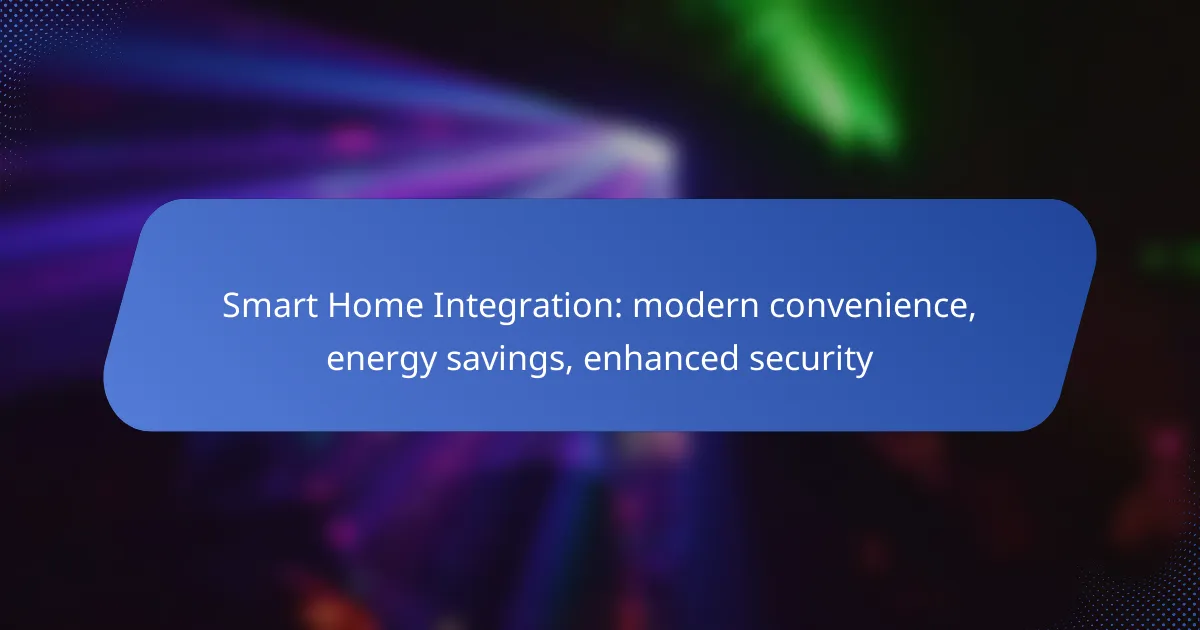When planning a deck addition, several cost factors come into play, including material choices, labor expenses, and site preparation. Selecting the right materials, such as pressure-treated wood or composite decking, can significantly impact both the budget and the longevity of your deck. Additionally, labor costs can vary widely based on the complexity of the project and your geographical location, making it essential to understand these elements for effective budgeting.

What are the cost factors for a deck addition in the UK?
The cost factors for a deck addition in the UK include material costs, permit fees, site preparation expenses, design complexity, and the impact of location. Understanding these elements will help you budget effectively and make informed decisions throughout the project.
Material costs
Material costs are a significant portion of your deck addition budget. Common materials include wood, composite, and PVC, each varying in price and durability. For example, treated timber may cost around £100 to £150 per square meter, while composite materials can range from £150 to £250 per square meter.
When selecting materials, consider not only the initial cost but also longevity and maintenance requirements. Higher-quality materials may have a higher upfront cost but can save money over time due to reduced maintenance and replacement needs.
Permit fees
Permit fees can vary depending on your local council and the scope of your deck addition. In the UK, you may need planning permission if your deck exceeds a certain height or area. Fees typically range from £200 to £500, but it’s essential to check with your local authority for specific requirements.
Failing to obtain the necessary permits can lead to fines or the requirement to dismantle the deck, so ensure you factor these fees into your budget and timeline.
Site preparation expenses
Site preparation expenses involve clearing the area, leveling the ground, and possibly removing existing structures. Costs can vary widely based on the current state of your yard and the complexity of the work needed. Basic site preparation might cost around £500 to £1,500.
Consider potential challenges, such as rocky soil or drainage issues, which can increase costs. Proper site preparation is crucial for ensuring the stability and longevity of your deck.
Design complexity
The complexity of your deck design significantly influences costs. Simple rectangular decks are generally less expensive than multi-level or uniquely shaped designs. A straightforward design might cost around £1,000 to £2,000, while intricate designs could exceed £5,000.
When planning your design, balance aesthetics with functionality and budget. Consulting with a professional designer can help you achieve a desirable look while staying within financial limits.
Location impact
Your location in the UK can affect both material availability and labor costs. Urban areas may have higher labor rates and material costs due to demand, while rural areas might offer more competitive pricing. For instance, deck additions in London could be 20-30% more expensive than in smaller towns.
Additionally, consider local building regulations and environmental factors that may influence your project. Understanding these location-specific elements will help you plan more effectively and avoid unexpected expenses.

What materials are commonly used for deck additions?
Deck additions can be constructed using various materials, each offering distinct benefits and considerations. The most common materials include pressure-treated wood, composite decking, hardwood options, and vinyl decking, each varying in cost, durability, and maintenance requirements.
Pressure-treated wood
Pressure-treated wood is a popular choice for deck additions due to its affordability and availability. This type of wood is chemically treated to resist rot and insects, making it suitable for outdoor use. However, it requires regular maintenance, including sealing and staining, to prolong its lifespan.
When budgeting for pressure-treated wood, expect costs in the low to mid range per square foot, depending on the quality and local market conditions. It’s essential to consider the long-term maintenance costs when choosing this material.
Composite decking
Composite decking is made from a blend of wood fibers and plastic, offering a low-maintenance alternative to traditional wood. It is resistant to fading, staining, and mold, making it ideal for homeowners seeking durability. Although the initial cost is higher than pressure-treated wood, the reduced maintenance can lead to savings over time.
Prices for composite decking typically range from moderate to high per square foot. When selecting composite materials, look for products with warranties that cover fading and structural integrity.
Hardwood options
Hardwood options, such as teak or mahogany, provide a luxurious look and feel for deck additions. These materials are naturally resistant to decay and insects, making them durable choices. However, hardwoods can be significantly more expensive than other materials, and they require regular maintenance to maintain their appearance.
Costs for hardwood decking can be quite high, often in the upper range per square foot. If you choose hardwood, ensure you are prepared for the upkeep involved, including oiling and sealing to protect the wood.
Vinyl decking
Vinyl decking is a synthetic option that offers excellent durability and low maintenance. It is resistant to moisture, mold, and insects, making it a practical choice for various climates. Vinyl decking comes in various colors and styles, allowing for customization without the need for painting or staining.
The cost of vinyl decking generally falls in the moderate to high range per square foot. When considering vinyl, check for warranties that cover fading and structural issues, as these can vary significantly between manufacturers.

What are the labor expenses for deck additions?
Labor expenses for deck additions typically range from a few hundred to several thousand dollars, depending on the project’s complexity and location. Understanding these costs is crucial for budgeting your deck project effectively.
Hourly rates for contractors
Hourly rates for contractors can vary significantly based on experience, location, and the type of work involved. In the United States, rates generally range from $50 to $100 per hour, while in Europe, they may be between €40 and €80 per hour. It’s advisable to obtain multiple quotes to find a competitive rate.
Estimated total labor costs
The total labor costs for a deck addition can depend on the size and design of the deck. For a standard deck, labor costs might range from 30% to 50% of the total project budget. For example, if your deck costs $10,000 overall, expect to pay between $3,000 and $5,000 for labor alone.
Factors affecting labor costs
Several factors can influence labor costs for deck additions. These include the complexity of the design, the materials used, and local labor market conditions. For instance, custom designs or high-end materials may require specialized skills, increasing labor expenses.
Additionally, seasonal demand can affect pricing. During peak building seasons, labor rates may rise due to higher demand for skilled workers. Always consider these factors when planning your budget to avoid unexpected costs.

How do I choose the right materials for my deck addition?
Choosing the right materials for your deck addition involves balancing durability, maintenance, and cost. Consider factors such as local climate, intended use, and your budget to make an informed decision.
Durability considerations
Durability is crucial when selecting materials for your deck addition, as it affects the lifespan and safety of the structure. Common materials include pressure-treated wood, composite, and PVC, each offering varying levels of resistance to weather, insects, and wear. For example, composite materials typically last longer than wood but may come with a higher initial cost.
In regions with harsh weather, opt for materials that can withstand moisture and temperature fluctuations. Always check for warranties, as they can indicate the manufacturer’s confidence in the material’s durability.
Maintenance requirements
Maintenance requirements vary significantly among deck materials. Wood decks often need regular sealing, staining, or painting to prevent rot and fading, while composite and PVC options generally require less upkeep. For instance, composite decks may only need occasional cleaning with soap and water.
Consider your willingness to perform maintenance when choosing materials. If you prefer a low-maintenance option, composites or PVC may be more suitable despite their higher upfront costs.
Cost vs. longevity
When evaluating cost versus longevity, it’s essential to consider both the initial investment and the long-term value of the materials. Pressure-treated wood is usually the most affordable option upfront but may require more frequent repairs or replacements, leading to higher lifetime costs. In contrast, composite materials may have a higher initial price but can last significantly longer, offering better value over time.
To make a sound financial decision, calculate the total cost of ownership, including maintenance and replacement expenses. This approach will help you determine which material provides the best balance of cost and longevity for your specific situation.










